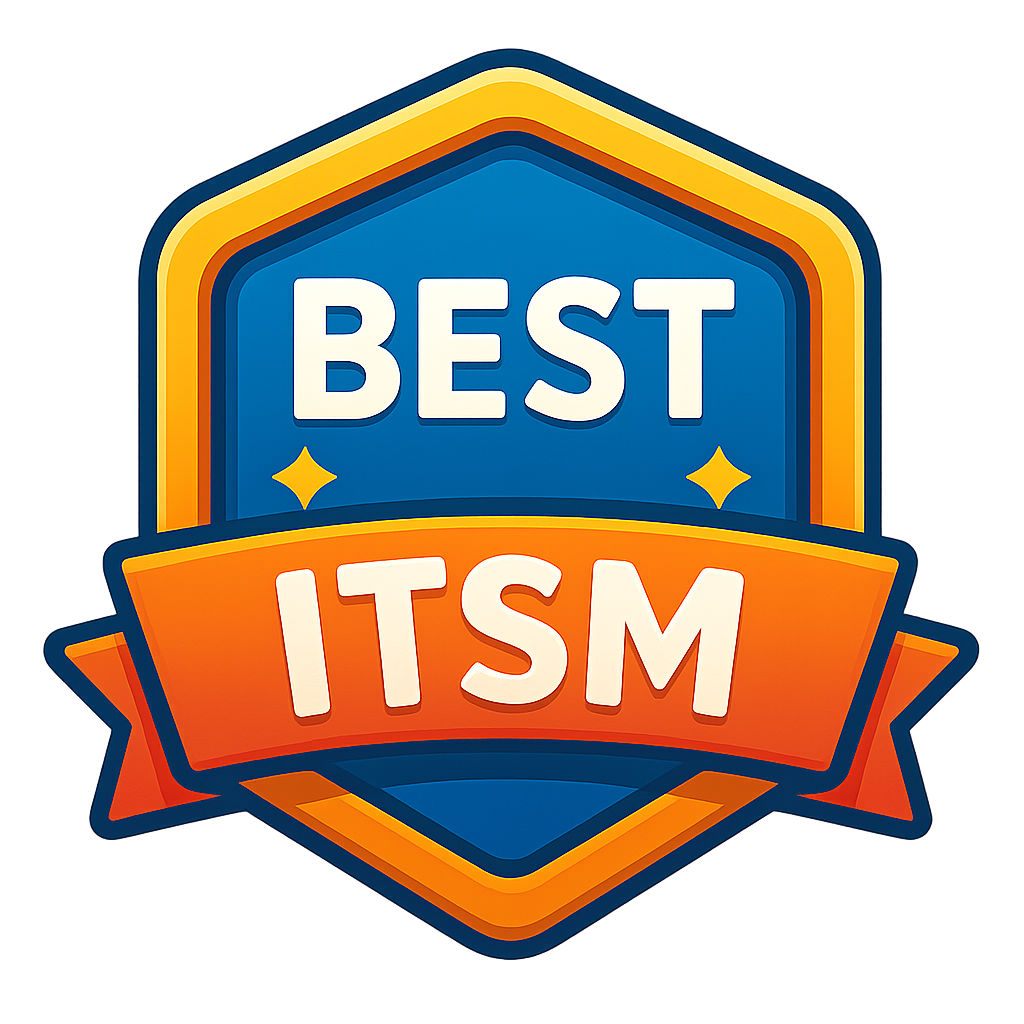Multi-language Support
What is Multi-language Support? Multi-language support is a critical feature in modern software applications and systems, enabling them to be used in various languages to enhance accessibility and user experience for global or diverse user bases. This feature ensures inclusivity, broadens reach, and supports effective communication across different linguistic and cultural contexts.
At its core, multi-language support involves the ability of a system to display content, interfaces, and user interactions in multiple languages. This includes translating text, localizing date and time formats, adapting currencies, and ensuring that all aspects of the user experience are culturally appropriate. Multi-language support is essential for organizations operating in global markets, as it allows them to cater to customers, employees, and partners who speak different languages.
One of the primary benefits of multi-language support is enhanced accessibility. By providing content in multiple languages, organizations can ensure that their products and services are accessible to a broader audience. This is particularly important in regions with diverse linguistic populations or where multiple languages are spoken. For example, a global e-commerce platform offering multi-language support can attract and serve customers from different countries, increasing its market reach and potential revenue.
Improved user experience is another significant advantage of multi-language support. Users are more likely to engage with and feel comfortable using a system that communicates in their native language. This familiarity reduces cognitive load, enhances comprehension, and increases user satisfaction. For instance, a software application that provides instructions, error messages, and help documentation in the user's preferred language can significantly improve usability and reduce the likelihood of user errors.
Inclusivity is a key principle underlying multi-language support. By accommodating different languages, organizations demonstrate a commitment to inclusivity and respect for cultural diversity. This approach helps build trust and loyalty among users from different linguistic backgrounds. In educational institutions, for example, providing multi-language support in online learning platforms ensures that students who speak different languages can access and benefit from educational resources equally.
From a technical perspective, implementing multi-language support involves several steps. The first step is to identify the target languages and regions for localization. This involves understanding the linguistic and cultural preferences of the user base and prioritizing languages based on market analysis and user demographics. Once the target languages are identified, the next step is to translate the content.
Translation involves converting text from the source language to the target languages. This process can be done manually by professional translators or using automated translation tools. While automated translation can provide quick results, manual translation ensures higher accuracy and cultural appropriateness. It's essential to review and validate translations to ensure they convey the intended meaning and are free from errors.
Localization goes beyond translation and involves adapting content to suit the cultural norms and preferences of the target audience. This includes adjusting date and time formats, adapting currencies, and ensuring that images and symbols are culturally relevant. Localization ensures that the user experience is seamless and intuitive for users in different regions.
Multi-language support also requires technical infrastructure to manage and deliver localized content. This involves setting up content management systems (CMS) that support multiple languages, implementing language detection and selection mechanisms, and ensuring that the system architecture can handle different character sets and encoding standards. For example, web applications need to support Unicode encoding to display characters from various languages correctly.
Testing and quality assurance are critical aspects of implementing multi-language support. Organizations must thoroughly test localized versions of their applications to ensure that all content is accurately translated, interfaces are correctly formatted, and there are no technical issues. User feedback is invaluable in this process, as it helps identify and address any localization gaps or cultural nuances that may have been overlooked.
In conclusion, multi-language support is a vital feature that enhances accessibility, improves user experience, and promotes inclusivity in software applications and systems. By providing content and interfaces in multiple languages, organizations can cater to a diverse user base, expand their market reach, and demonstrate a commitment to cultural diversity. Implementing multi-language support involves translation, localization, technical infrastructure, and thorough testing to ensure a seamless and culturally appropriate user experience. As organizations continue to operate in an increasingly globalized world, multi-language support remains essential for achieving business success and fostering positive user relationships.
